The show Antique Roadshow has appealed to such a wide audience because of the secret value that ordinary people like the rest of us can only hope to find in our family heirlooms.
The show has uncovered some shockingly valuable items that have the potential to completely change ordinary people’s lives. Check out these unforgettable finds from the show that shocked us all.
Rolex Oyster Cosmograph Watch
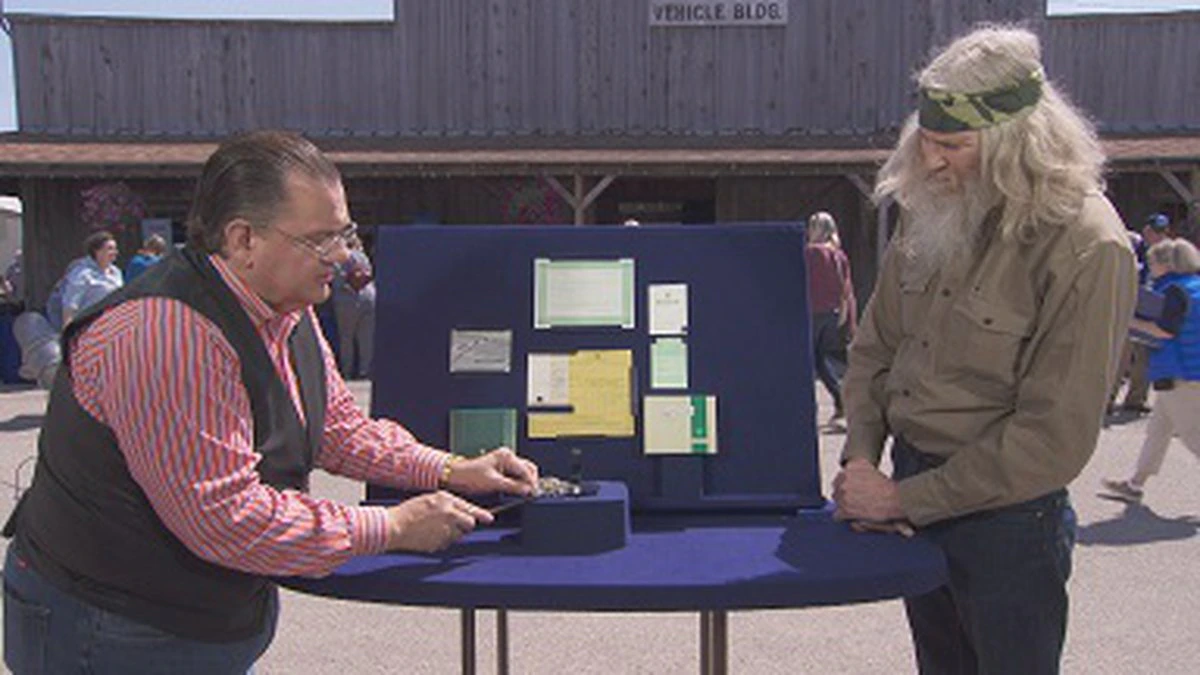
It’s no secret that Rolex watches are incredibly valuable, but this Antique Roadshow find was more valuable than the owner ever could have imagined. A U.S. Air Force vet brought in a Rolex that he had purchased in Thailand in the 1970s.
He explained how he came to own the watch: “Most of the pilots that were flying those aircraft wore Rolex watches, and I was intrigued by them… but they were very expensive. I found this particular watch where I could afford it”.
Rolex Continued
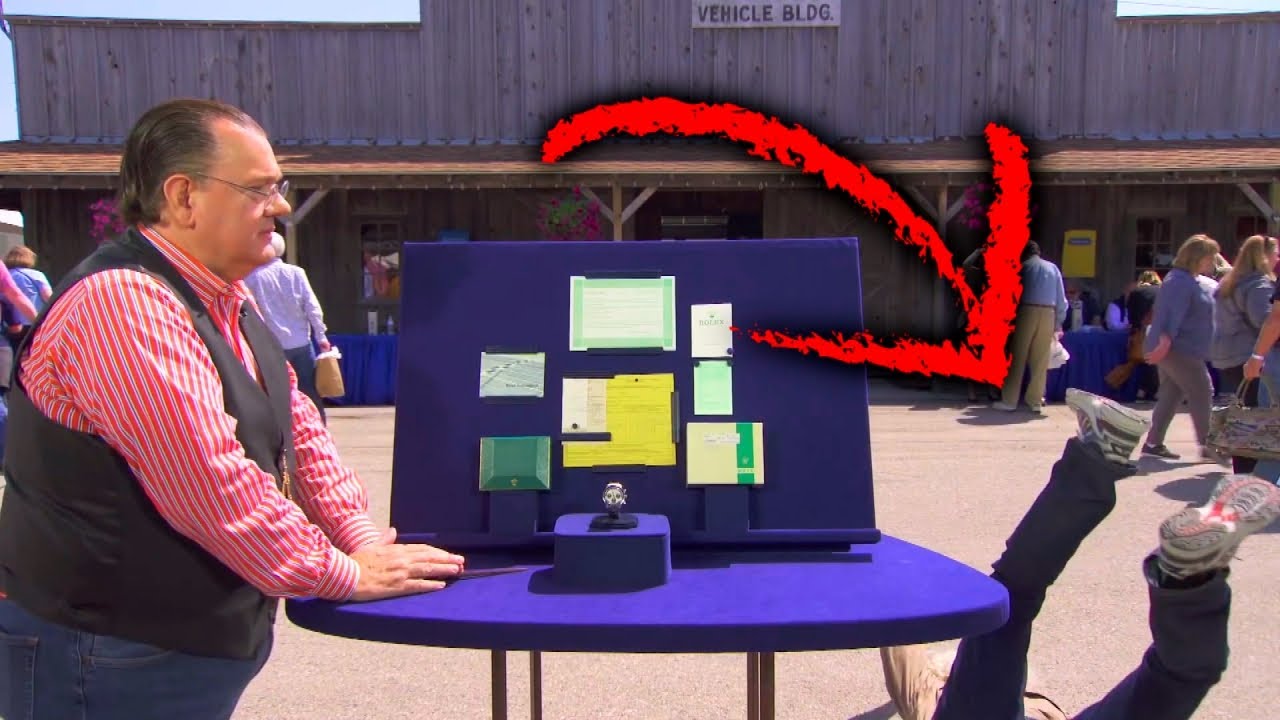
While these watches were naturally less expensive in the 70s, they were still luxury items back in the day. When this man finally found one he could afford, he didn’t end up wearing it like the other Airforce pilots.
Instead, he kept the prized possession in its box for about 40 years! He explain that he only took it out of the box one or two times to check it out.
Rolex Continued

The Appraiser was shocked to see this incredible find come to the Roadshow. It happened to be one of the rarest Paul Newman models, which the owner had no idea of.
Since it had barely been taken out of the box, it was in pristine condition. To add to the value, he had kept the documentation and receipt for the purchase all these years as well. This made for one unbelievably valuable item.
Rolex Continued
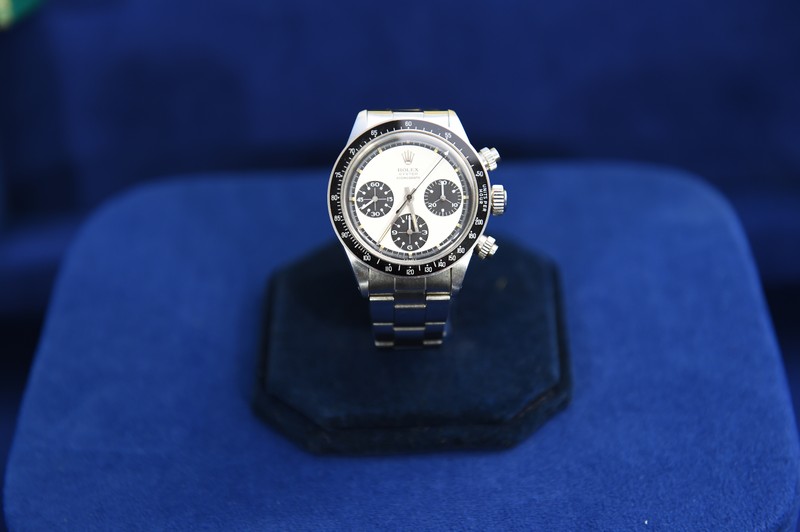
The veteran had originally bought the watch for $345.97, which was basically an entire month’s salary in the 1970s. But when he heard how much the watch was worth now, he was basically brought to tears.
The pristine condition and paperwork brought the watch to an auction value of $500,000 to $700,000! This reveal was one of the most emotional moments from the show which captured audiences.
1907 Robert Henri Oil Painting
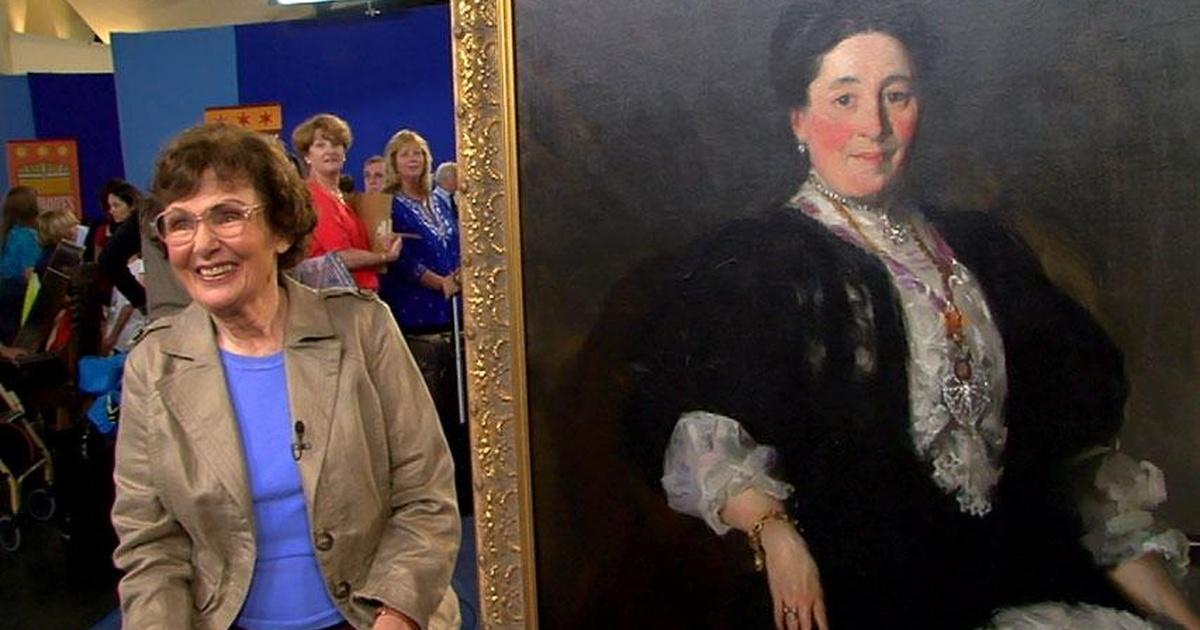
A woman brought in an oil painting from 1907 which had been passed down to her through her family. The woman in the painting is her grandmother and the artist, Robert Henri, was a family friend.
She explained that her grandmother never worked: “I don’t think she ever boiled a pot of water for tea” because the famous artist always took care of her.
Oil Painting Continued
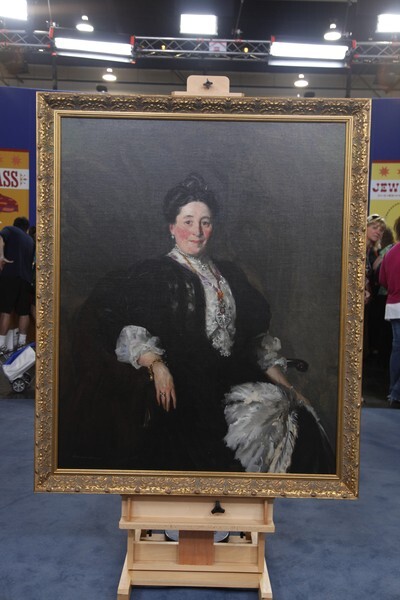
Despite knowing that Robert Henri had painted the masterpiece, she wasn’t aware of the value of the art. When it was passed down to her in the 1960s she brought it to an appraiser.
At that time, the appraiser didn’t think it had much value at all. They had told the owner that “it was not worth much more than Granpa paid for it”. Apparently, her grandpa had paid about $4,500.
Oil Painting Continued
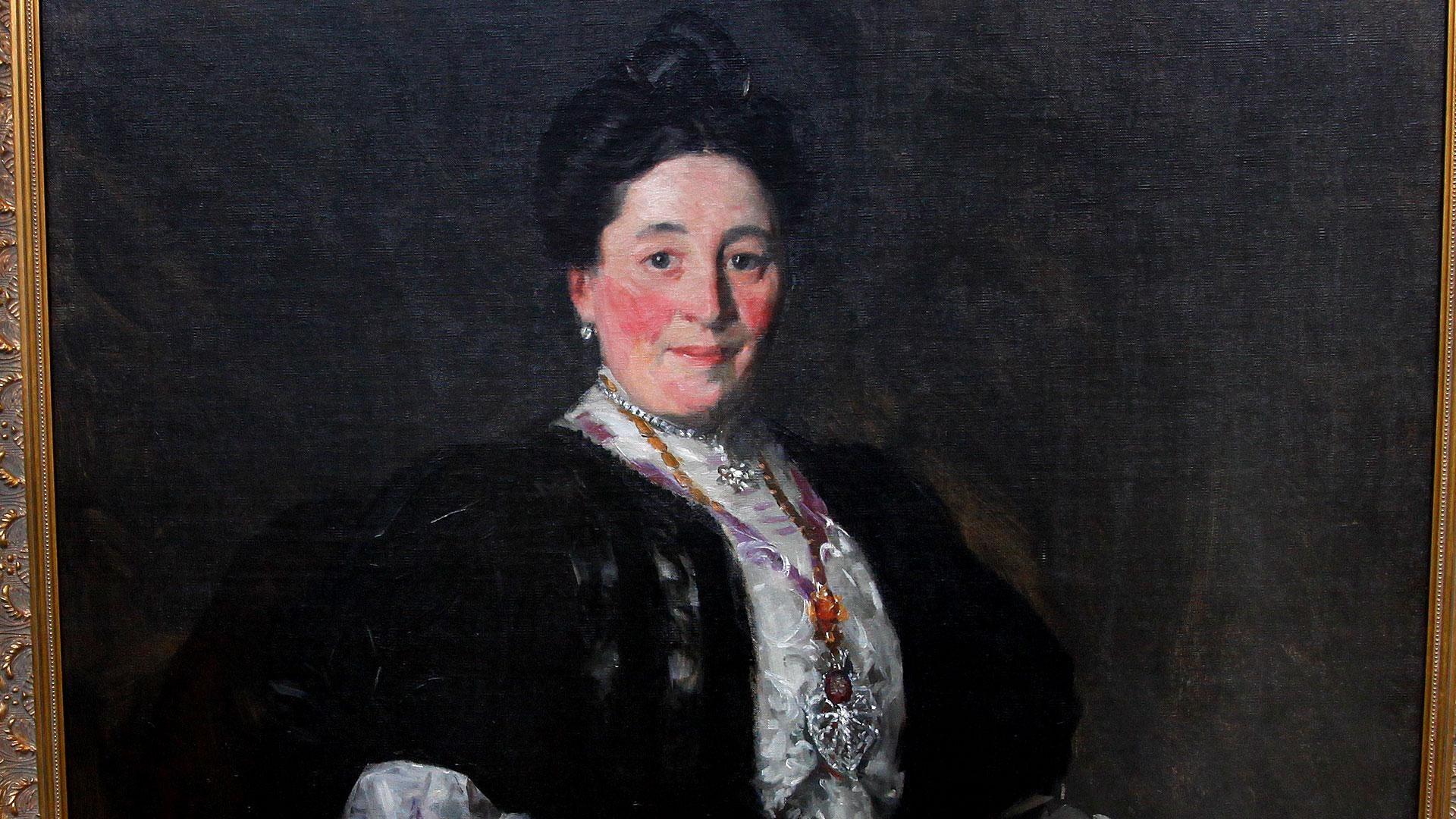
She hadn’t sold the piece at that price point because it was a family heirloom ad the sentimental value outweighed the monetary value. Additionally, since it was a family portrait, she didn’t think museums would be interested in the piece.
She stated on the show: “No one likes all those Van Gogh paintings of his mailman, since none of us are related to that guy”. But, according to the appraisers at the Antique Roadshow, she was sorely mistaken.
Oil Painting Continued
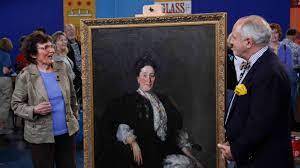
Either the appraiser whom she had brought the painting in the 60s did not know the true value of the art or it had grown in value since then. Her grandpa had purchased the painting for about $4,500.
It was now worth between $500,000 and $700,000 according to the appraiser on the show. It is a perfect example of why you shouldn’t put all your trust into one singular appraisal.
1896 Portrait and Letter
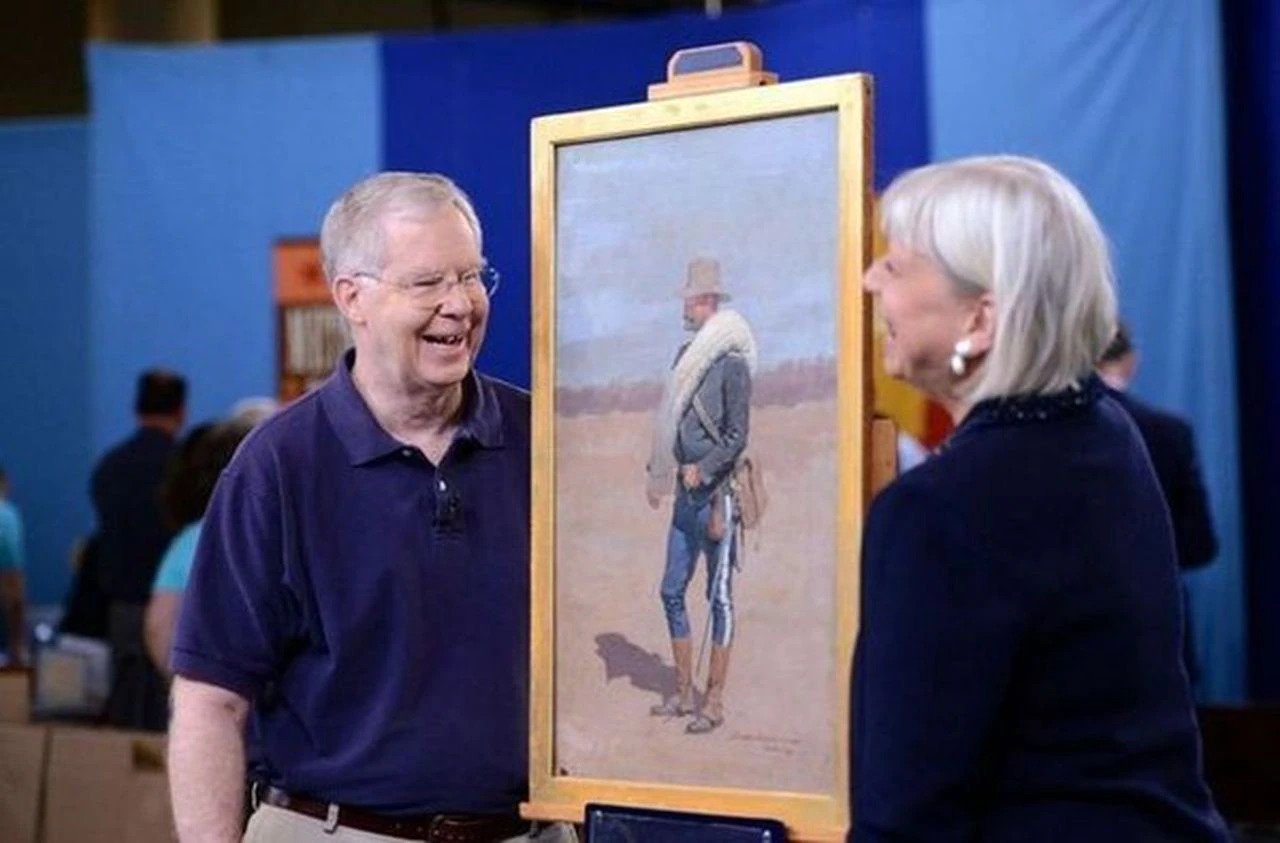
This 1896 Frederic Remington portrait ruffled some feathers between the owner and appraiser when the episode aired in 2014. The appraiser explained, “I’ve never reprimanded a guest for manhandling a painting before. When you were pulling it out and that foam core was there…”
Despite the fact that the owner did not know how to properly care for the painting, the others that had owned it in his family had taken great care of it so it was still in great condition.
1896 Portrait and Letter Continued
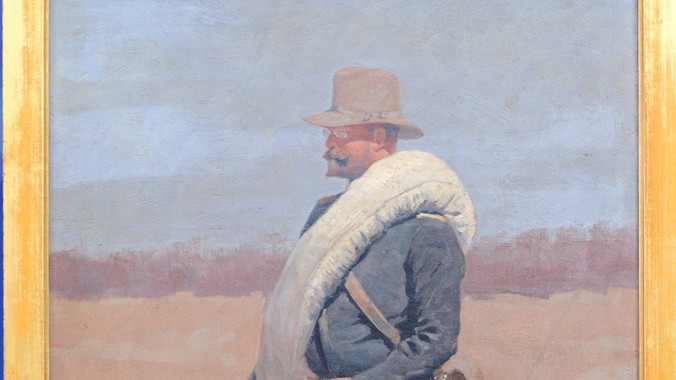
The family members who had owned it had taken extremely good care of the art and had even kept the letter to the owner’s great-grandfather, who is pictured in the painting.
The appraiser placed an auction value of about $600,000 for the painting and letter combination. But, after the show aired, a new surprise added to the story that was very unexpected.
1896 Portrait and Letter Continued
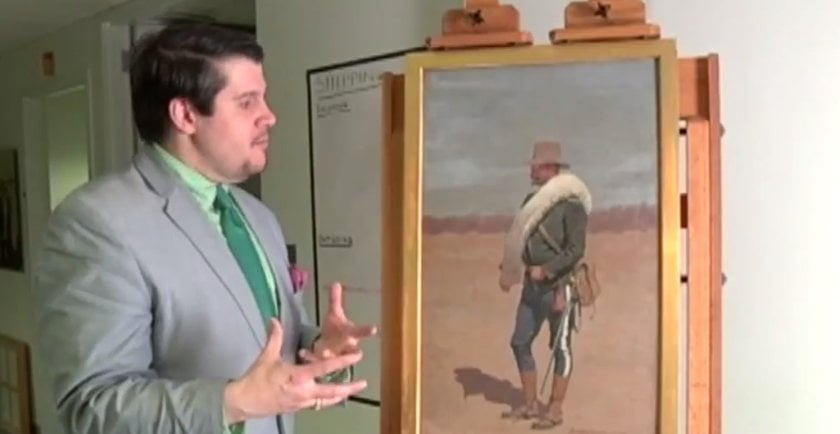
When the show aired, the director of the Remington Art Museum, Laura Foster, was interested enough to look back at the records. She found that the owner’s family had actually done a trade with the museum for the piece to come into their possession.
The family handed over 2 of their own Remington pieces and the museum gave the family the art piece which appeared on the show. Apparently, there was some foul play involved.
1896 Portrait and Letter Continued
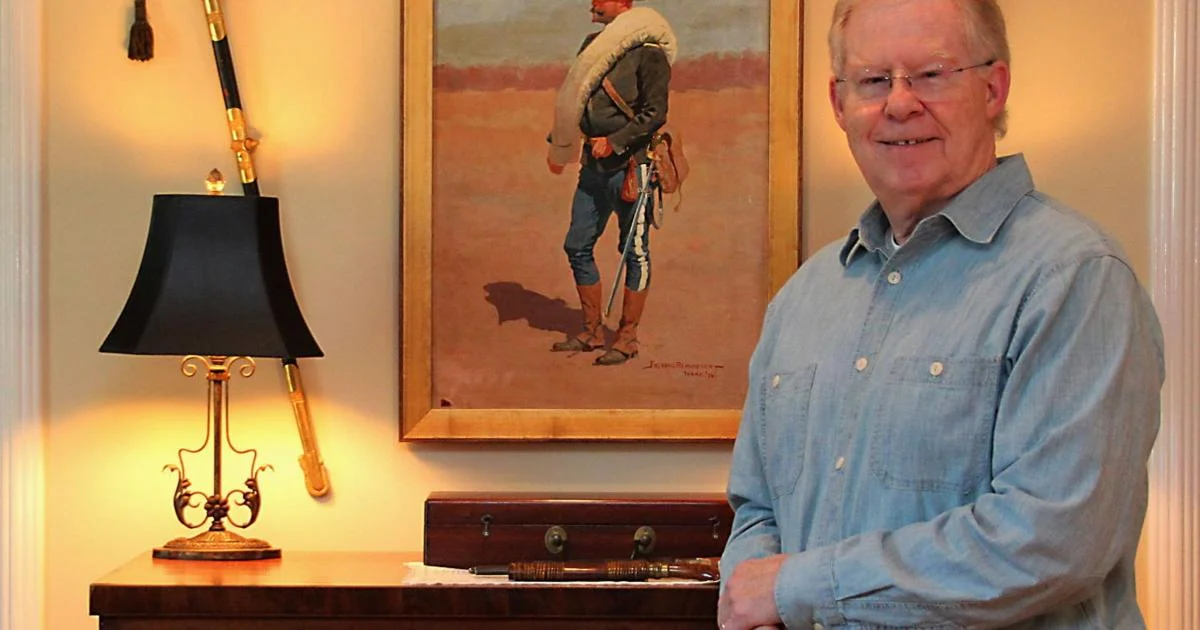
Apparently, the 2 Remington paintings that the family had traded to the museums were not Remingtons at all! They were actually replicas of the famous artist’s work.
The museum director explained that the family didn’t know they were fake at the time of the trade, “Everybody meant well… In 1938, the world was full of fake Remingtons. Remington has always been a great target for fakes and forgeries”.
1896 Portrait and Letter Continued
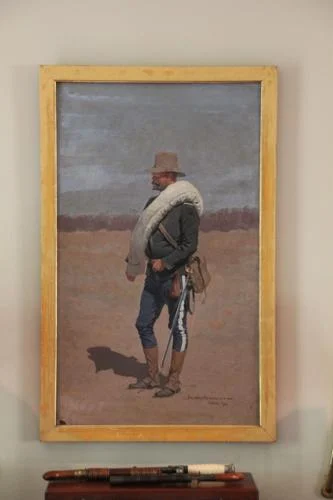
The trade involving the fake Remingtons meant that the family actually got an unbelievable deal on the valuable painting brought to the Antique Roadshow.
The owner could walk away with about $600,000 due to the incredible condition of the painting as well as the letter that accompanied it.
Alexander Calder Mobile
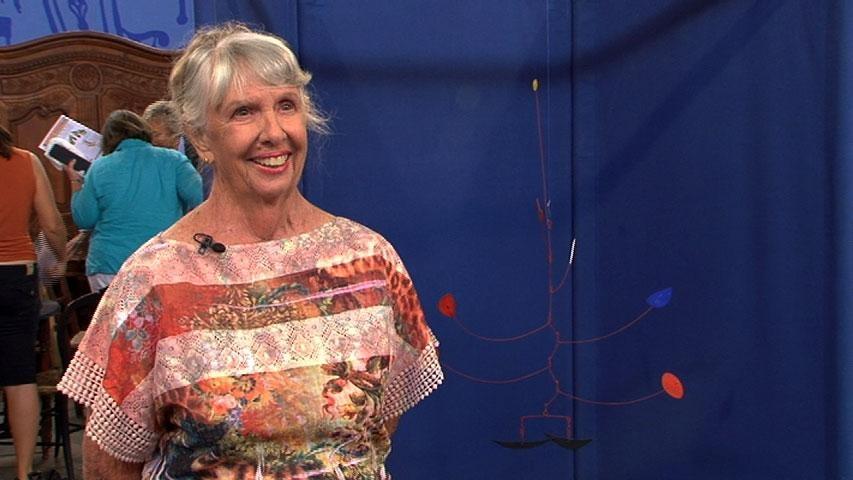
This fascinating find was one of the most surprising Antique Roadshow items for audiences everywhere because the artwork doesn’t look like anything very impressive.
Unlike some of the other fancy artwork and valuable jewelry that has been appraised on the show, this piece looks like someone took some wire and attached colorful pieces of paper to the ends.
Alexander Calder Mobile Continued
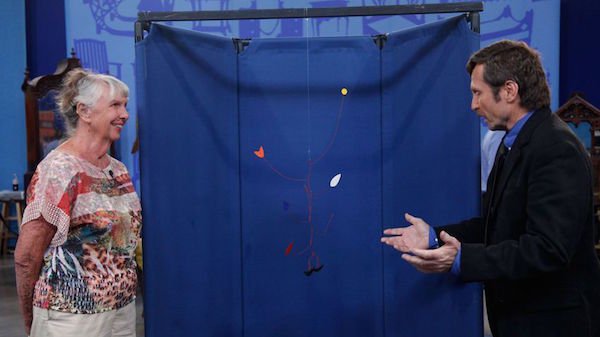
As it turns out, this item was one of the most valuable art pieces appraised on the show, which came as a shock to the owner as well as audiences everywhere. The piece was a work of art done by the artist, Alexander Calder.
It had been given to the owner’s aunt and uncle by the artist himself at a cocktail party of all places! Apparently, it was a thank-you gift because the aunt had stitched one of Calder’s works onto a pillow.
Alexander Calder Mobile Continued

Alexander Calder was so impressed by the work that he gave her this mobile as a thank-you for the pillow. Now, it might not look like much to a layman, but this mobile ended up being incredibly valuable.
The appraiser gave a wide estimate for the value of the art; between $400,000 and $1,000,000. The owner was completely shocked and excited but immediately wondered which of her children’s rooms the mobile should go in.
Jade Collection from the Qing Dynasty

In one of the most impressive Antiques Roadshow episodes which aired in 2009, a woman brought in a very impressive collection of jade. Her father had collected the jade items when he was stationed in China in the 1930s and 40s.
The collection was incredibly impressive and historically significant to the Qing Dynasty. The pieces in the collection date all the way back to the 1700s.
Jade Collection from the Qing Dynasty Continued
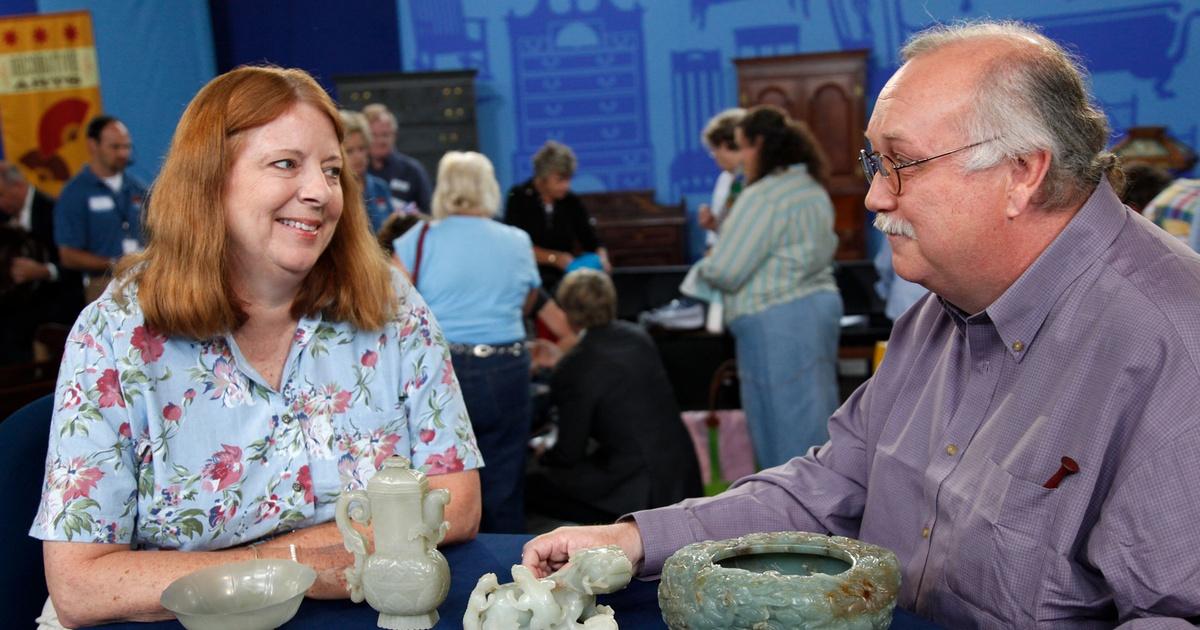
This collection made Antiques Roadshow history because it was the very first item to be given a value of more than $1,000,000. The entire collection was valued to be between $710,000 and $1.07 million!
The executive producer of the show even called this collection the “Great White Whale” as they had been hoping to get an item over the million-dollar mark since the start of the show.
Jade Collection from the Qing Dynasty Continued
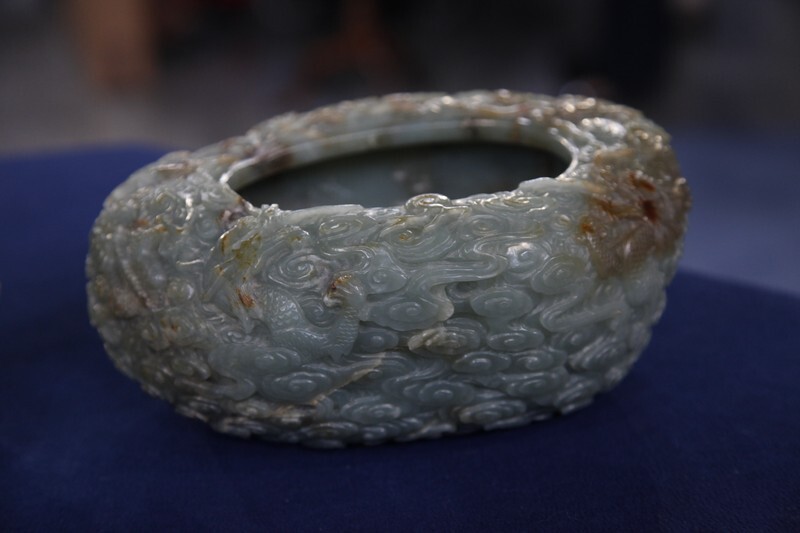
However, there was a major twist in the story that reminds us not to count our chickens before they hatch. While the collection was valued at over a million, an item is only really worth what someone is willing to pay for it.
Appraisals are simply educated estimates of what professionals think it might be worth. The collection itself only sold for about half of what the appraisers felt it was worth.
Boston Red Stockings Collection
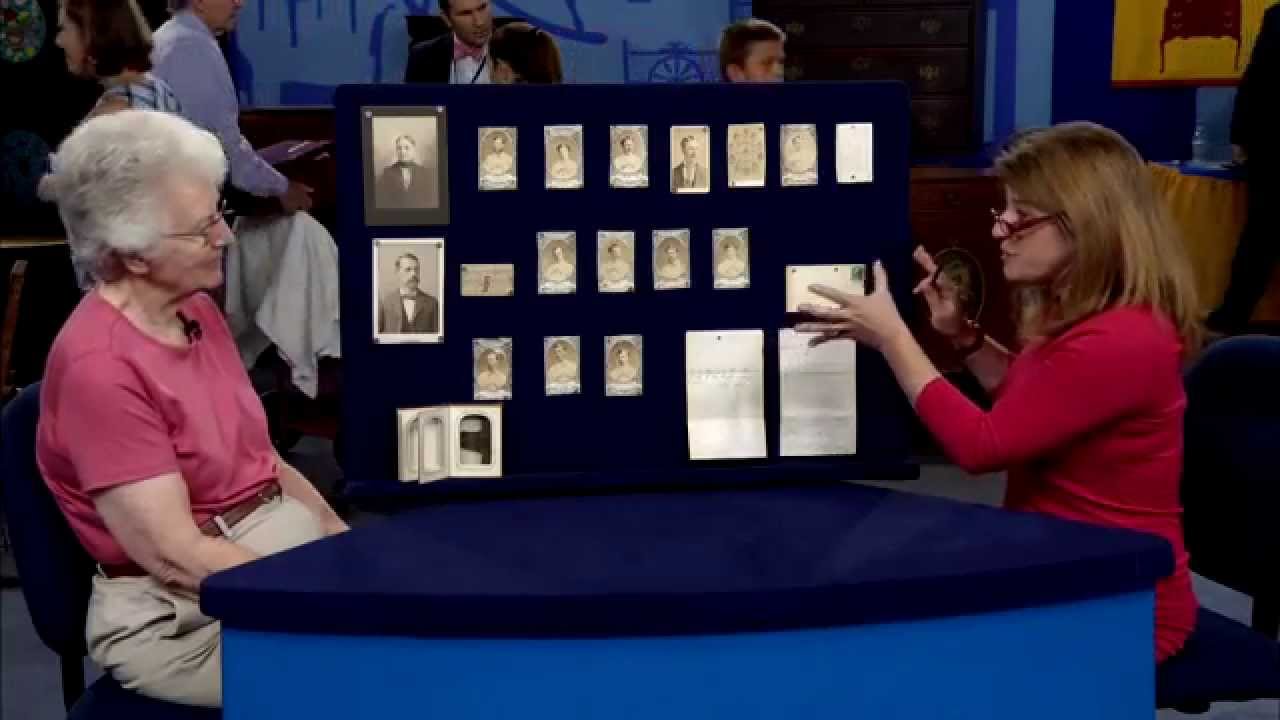
Anyone who has collected baseball cars would be thrilled to have a collection like this one that was appraised on a 2015 episode of the show. The collection had come into the family in 1871.
The owner explained, “My great-great-grandmother had a boarding house in Boston, and she housed the Boston baseball team. Most of them had come from the Cincinnati Red Stockings and were among the first to be paid to play baseball”.
Boston Red Stockings Collection Continued

That’s what made this collection so special. These were some of the first baseball cards from professional players ever! The letter that accompanied the cards had little handwritten notes and signatures from each of the players as well.
These special additions really add to the value of an item. Many of the notes were comments about the food that her great-great-grandmother had cooked for them.
Boston Red Stockings Collection Continued
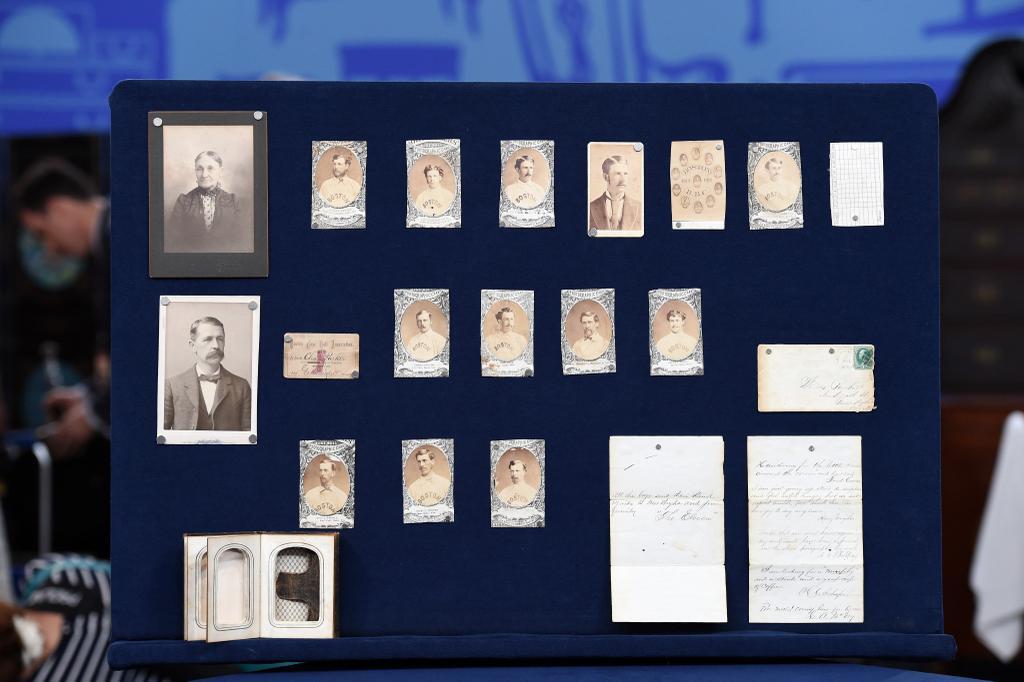
Apparently, the owner had once been offered $5,000 for the collection. While that might sound like a nice chunk of change, that is nowhere near the true value of the collection. When she heard what it was really worth, the owner was extremely grateful she hadn’t sold the collection for $5,000.
The appraiser called it “the greatest archive I have ever had at the roadshow”. She was even emotional as she choked back tears and told the owner that the collection of cards was worth $1,000,000!
Rhinoceros Horn Cups

This item brought to the roadshow in an episode that aired in 2011 stirred a lot of controversy among audiences. This individual brought in a set of cups made from rhino horns.
Since most rhino species are not endangered it is very frowned upon and often illegal to use their ivory horns. However, the intricately carved cups date all the way back to 1700 when it was widely acceptable to do so.
Rhinoceros Horn Cups Continued
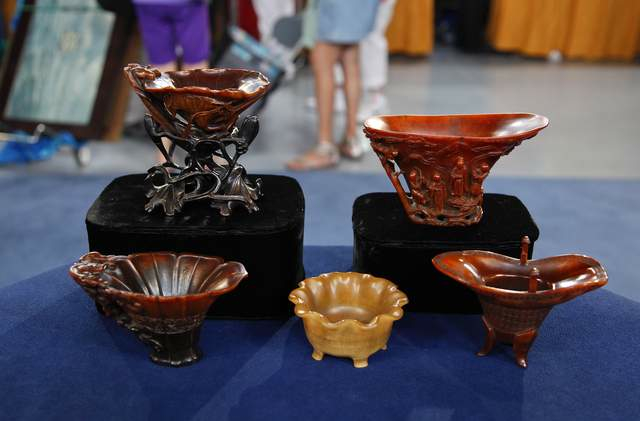
The owner was fascinated with the stunning cups and collected them throughout the 1970s and 1980s. He explained to the appraiser how he had come into contact with each of the cups in the collection.
“This one that I bought in England was $500, and that took almost all the money I had with me to buy that one. So it was kind of a cheap trip the rest of the time I was there. This one I had to put two credit cards and some cash together to buy”.
Rhinoceros Horn Cups Continued
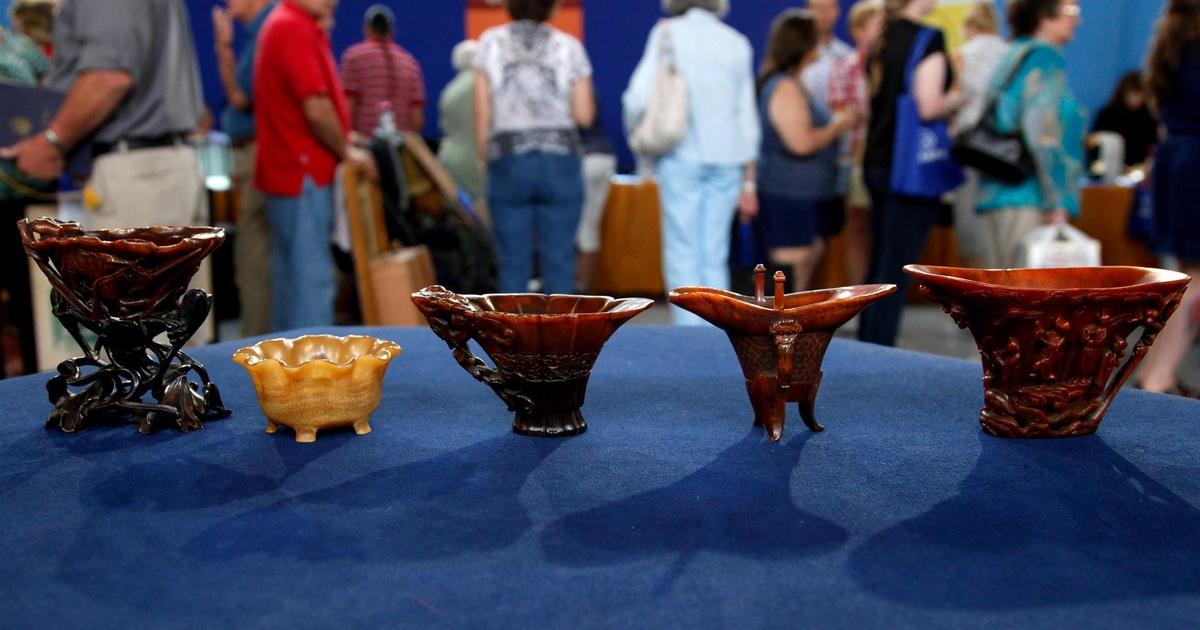
He was so invested and fascinate by the handy work of the rhino cups that he traveled all over and continued to add to his collection. He even stated that he “would rather collect something like this than eat”.
This collection was interesting in that the owner had collected each of the items himself rather than having it passed down through family members.
Rhinoceros Horn Cups Continued
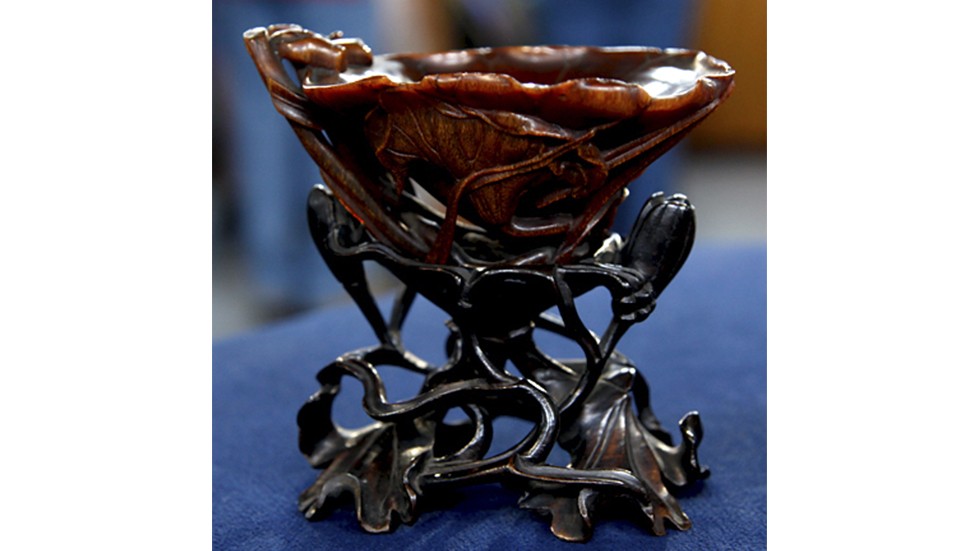
As his collection grew, the value increased as well. He was stunned to hear the real value of his collection. He knew the value it had for him but couldn’t have imagined the monetary value.
It was appraised to be worth between $1,000,000 and $1,500,000 at auction when it aired on the show. However, the collection was only actually sold for less than $400,000.
Navajo Ute Blanket
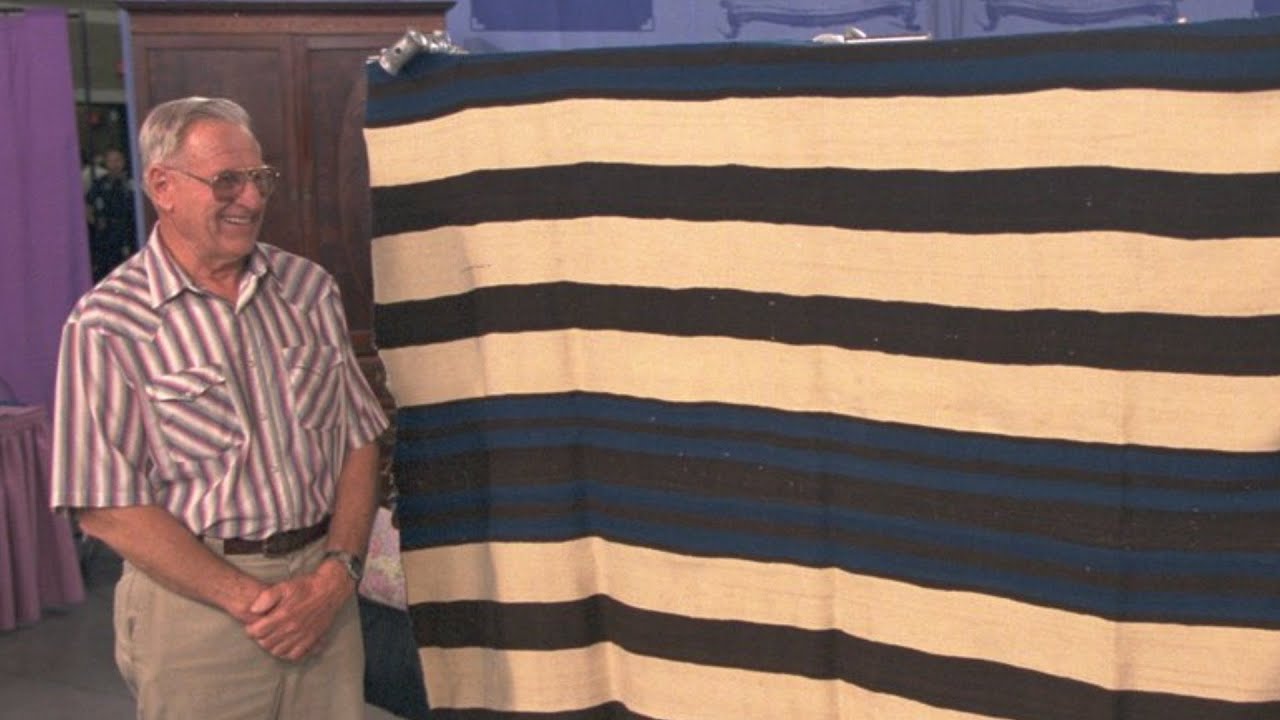
This Navajo blanket was brought to the roadshow in Tucson, Arizona in 2001 and made Antiques Roadshow history. In fact, it’s one of the episodes that many people are familiar with even if they don’t typically watch the show.
The owner of the blanket explained that he didn’t know very much about the blanket other than the fact that it was owned by Kit Carson and given to the foster father of his grandmother.
Navajo Ute Blanket Continued
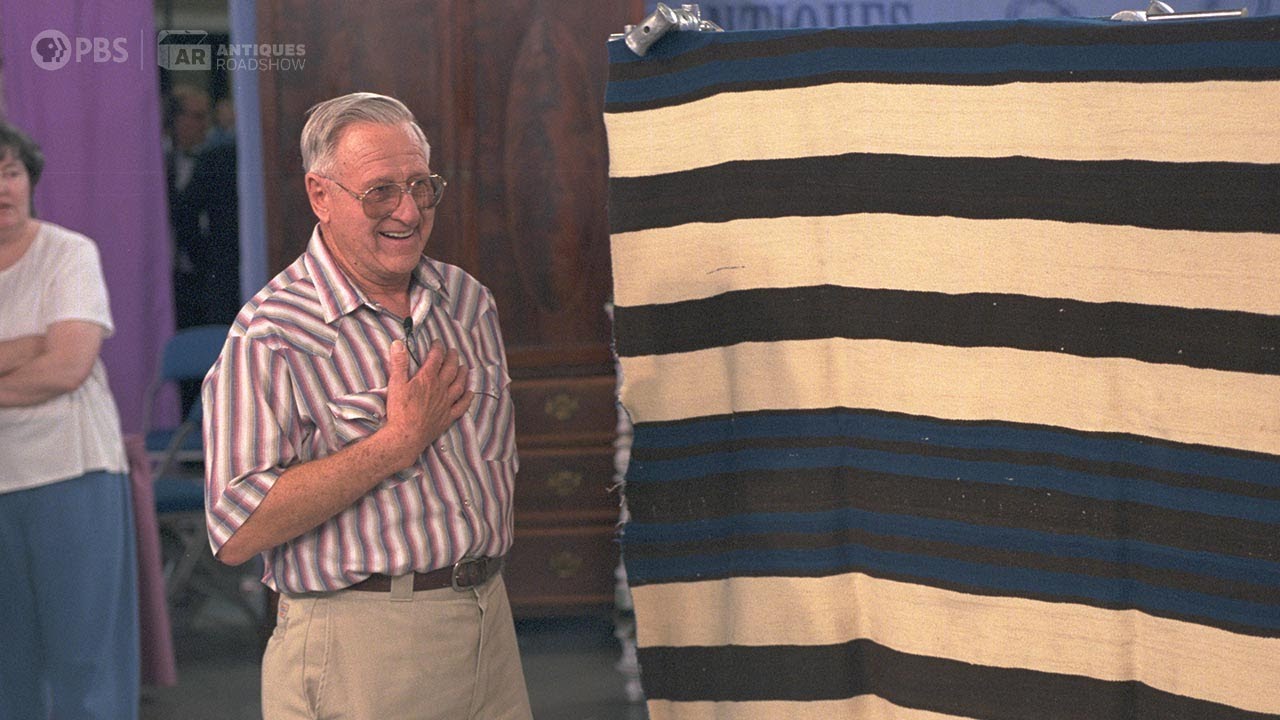
While the appraiser was interested in the connection to the famous American Frontiersman, Kit Carson, the owner had no proof of this so it could not add to the value of the appraisal. The owner did not know the value of the blanket until the appraiser said something surprising.
He told the owner of the blanket, “When you showed this to me… I kind of stopped breathing a little bit”. He also called the blanket a “national treasurer”.
Navajo Ute Blanket Continued
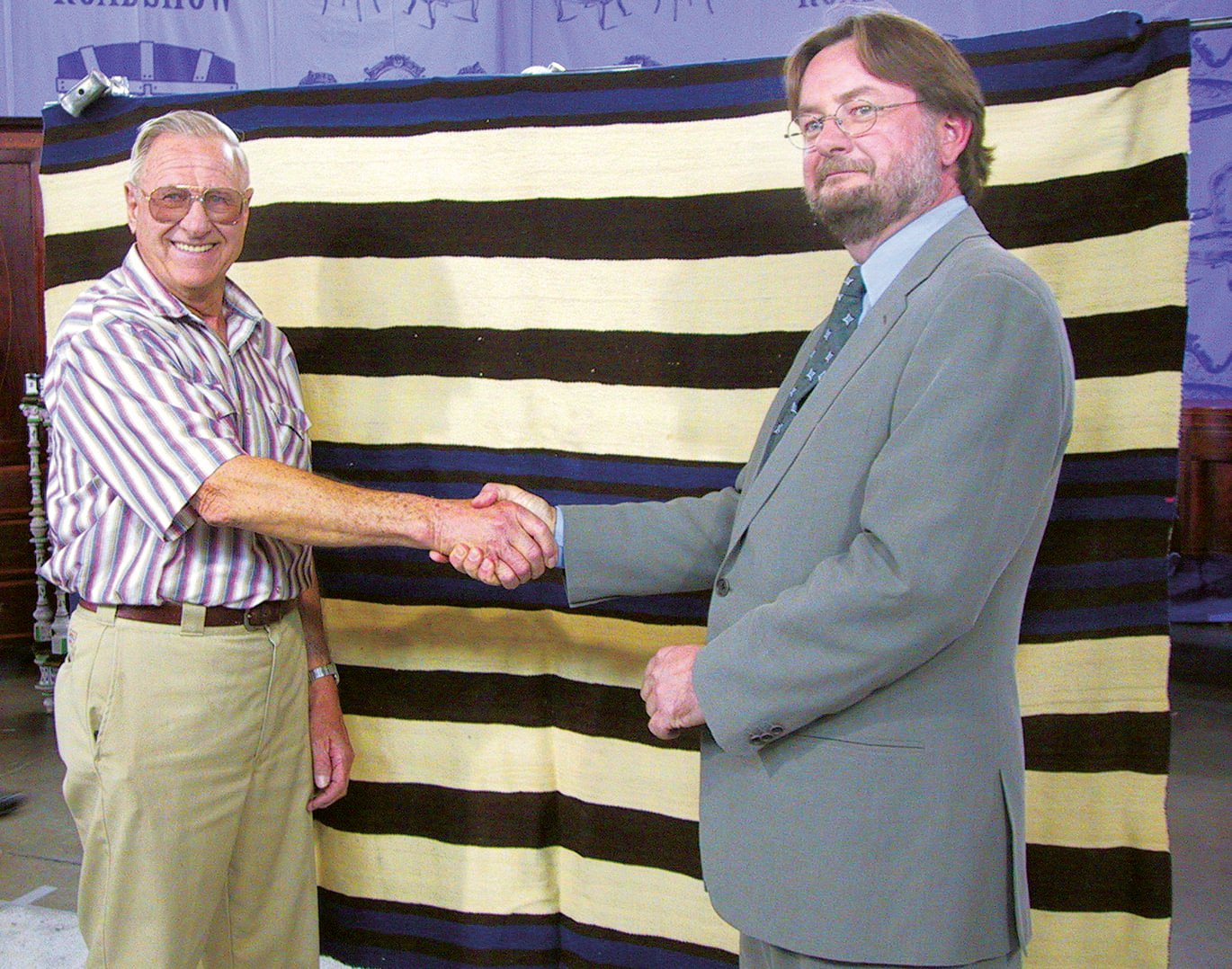
The appraiser asked the owner if he was a wealthy man to which the owner responded that he was not. The appraiser stumbled over his words. He stated, “Well, sir, um… I’m still a little nervous here, I have to tell you.”
On a bad day, the blanket would be worth about $350,000 and on a good day it would be worth about half a million dollars”. Recently, new estimates have put the blanket between $1.5 million and $2 million. That’s one expensive blanket.
